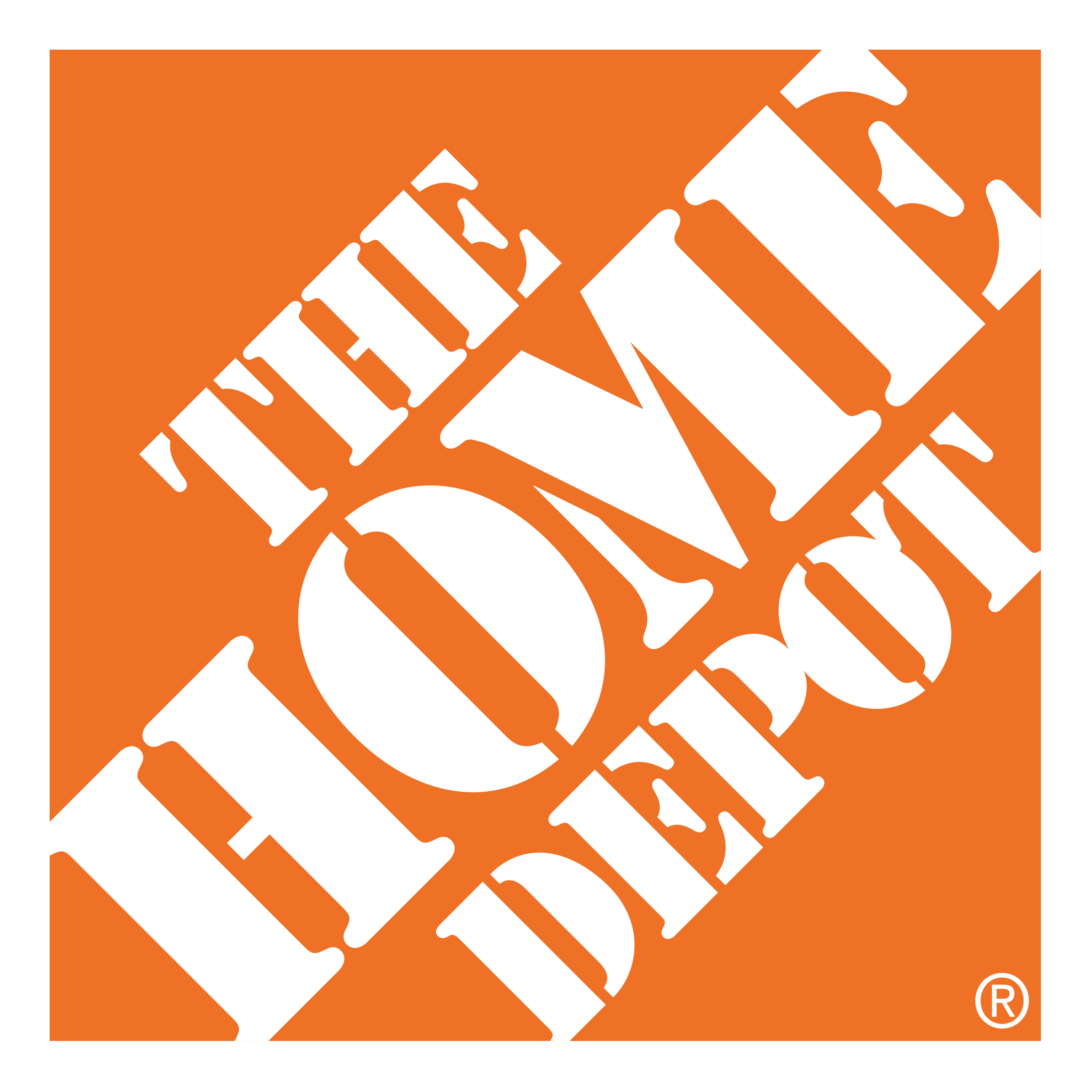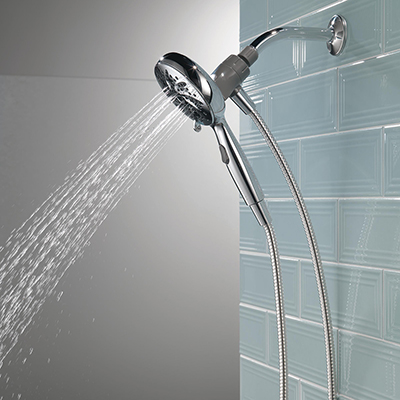Ball Valves vs Gate Valves
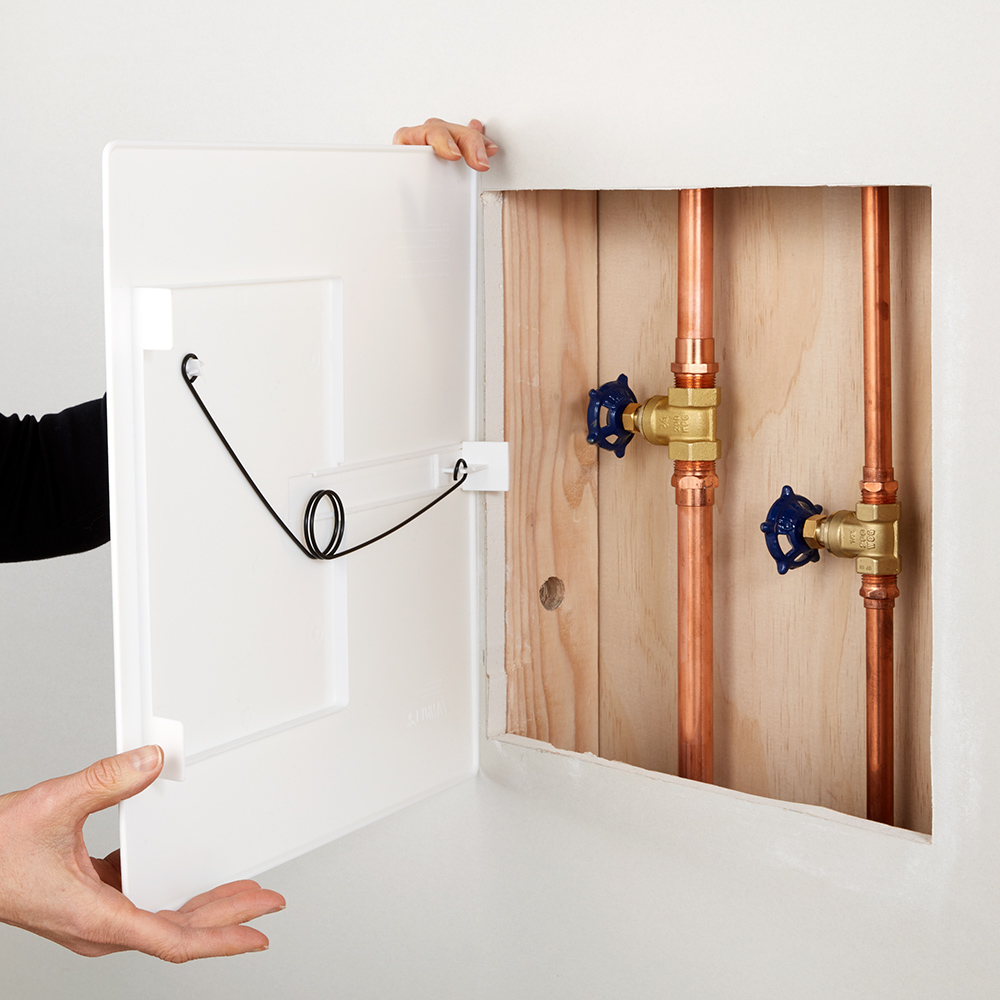
Last updated September 7, 2023
Ball valves and gate valves are two of the most commonly used valves for controlling the flow of fluid in plumbing or gas systems. These valves have similarities in application, but have different strengths to offer. This guide reviews the key differences between ball valves vs. gate valves, as well as how to choose the best type of valve for your needs.
Table of Contents
Gate Valves
Ball Valves
Ball Valves vs. Gate Valves
Gate Valves
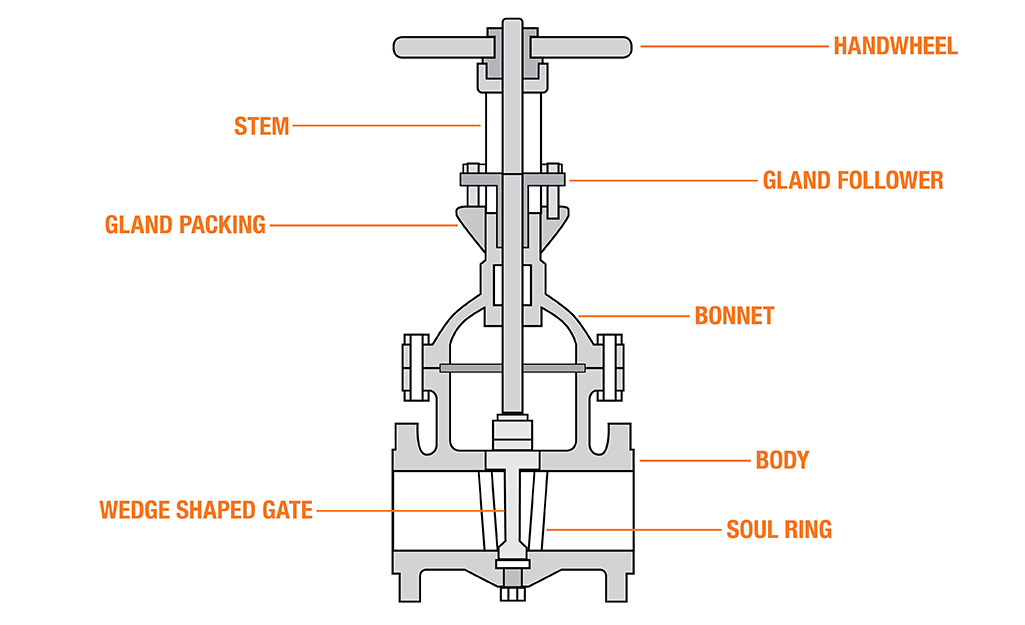
Gate valves, also called sluice valves, are more likely to be found in older houses. Their mechanism usually involves a knob that, when turned, lowers or raises an internal gate or wedge to control the water flow rate. The familiar outdoor spigot for a garden hose is a good example of a gate valve.
Gate valves allow you to control the rate of the flow of water, from a slow trickle to a full flow, but don’t provide an immediate stop. They are usually controlled by a manual handwheel that requires more than a 360-degree turn to change the gate’s position.
Tip: Some areas require the use of gate valves placed before and after the water meter in certain systems. This makes it easier for your water department to swap out the meter if needed.
Ball Valves
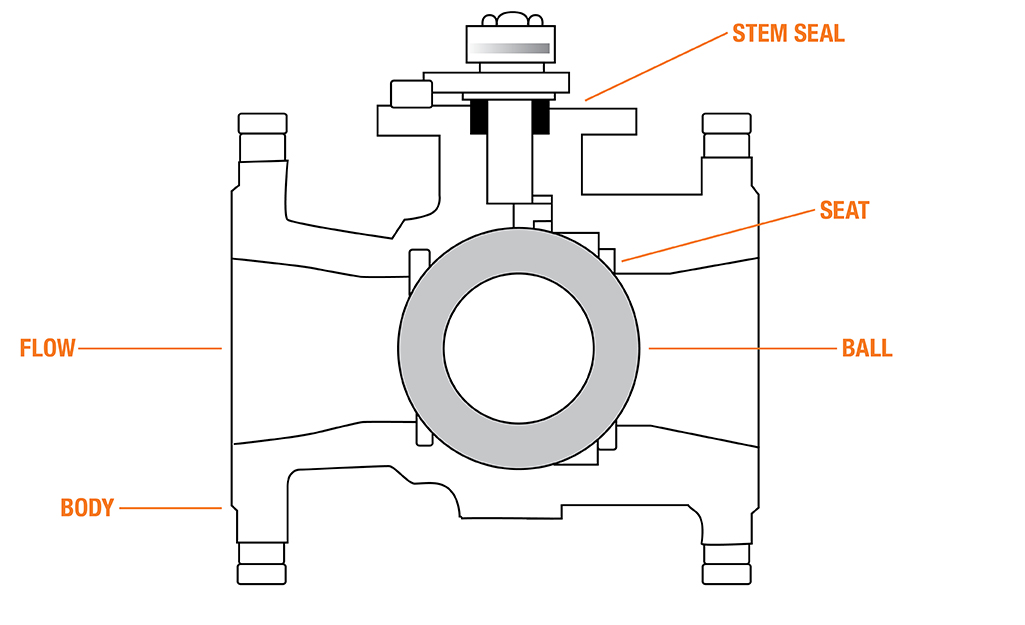
Ball valves, also called shut-off valves, tend to be found in newer homes. Ball valves use a handle to control the placement of a hollow, perforated sphere in the mechanism. When the handle is turned, the hole immediately opens or closes the water flow. This mechanism is a lot quicker than a gate valve because a ball valve needs only a 90-degree turn to go from open to completely closed.
Tip: You can tell by the handle placement whether the ball valve is opened or closed. When open, the handle lies flat, in alignment with the flow. When the ball valve is closed, the handle sits at a 90-degree angle to the flow.
Ball Valves vs. Gate Valves

Now that you know the differences between the two mechanisms, we can compare other factors between ball valves and gate valves.
- Cost: Gate valves tend to be more wallet-friendly than ball valves
- Reliability: Gate valves are more susceptible to corrosion. Over time, the internal stem that connects the knob to the gate becomes more likely to fail.
- Frequency of use: Since gate valves wear out quicker, they are often found in applications where they don’t need to be adjusted very often. Ball valves are recommended for applications that require frequent, quick control over the flow of liquid.
- Space: Ball valves are smaller than gate valves, but the size of their levers means that they require more space for proper operation
- Number of ports: If your application calls for a multi-port flow pattern, then a ball valve will likely be your choice because they are much more widely available in multi-port configurations
- Water hammer: Because ball valves can open and close immediately, they are more likely than gate valves to cause water hammer. When a valve is quickly closed on water moving at high pressure through pipes, it can cause shock waves through the plumbing that create a hammering sound. Under high enough pressure, a water hammer can cause a pipe to weaken and break. For that reason, users are advised to turn the ball valve lever slowly to avoid water hammer.
Since gate valves and ball valves have different strengths, you can find each commonly used in different industries. Gate valves often turn up in large water supply lines, mining and power plants. You’ll see ball valves being used in places like the automotive industry, manufacturing facilities and in food and beverage equipment.
Choosing between the different types of valves for your plumbing or gas system can mean weighing options such as cost, reliability and technical differences. Ball valves and gate valves provide similar functions while offering different levels of control.
Consider these factors and the strengths of both valves to decide which ball valve vs. gate valve is the best fit for your application, and find it all at The Home Depot. Use The Home Depot Mobile App to locate products and check inventory. We’ll take you to the exact aisle and bay.
